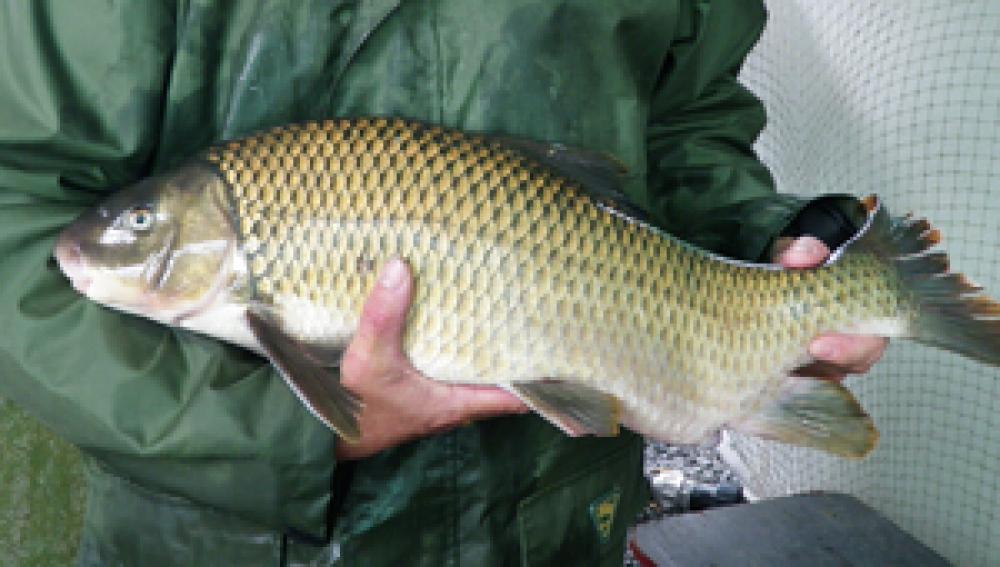
Funding for Research on the Effects of Contaminants on Aquatic Species
Last June, Fisheries and Oceans Canada, through the National Contaminants Advisory Group, launched a second call for research proposals on the evaluation of the biological effects of contaminants on aquatic species. The invitation was addressed to researchers from Canadian universities and non-profit research organizations.
This year, four major research priorities on the effects of contaminants were selected. Expected proposals will deal with aquaculture, oil and gas, pesticides and contaminants of emerging concern.
Aquaculture-based substances
The National Contaminants Advisory Group is interested in the effects of therapeutants used to control sea lice and the impact they may have on non-target species in the vicinity of aquaculture fish cages. The results of this research will be used to identify mitigation strategies and monitoring options.
Meanwhile, the Group aims to validate and improve models that estimate the potential exposure of fish to sea lice therapeutants (or sea lice control products), and the biological effects of treatments on non-target organisms.
Finally, the Group expects to obtain field studies that will validate the risks to non-target species associated with therapeutants used to control sea lice.
Pesticides
There is an increased demand for chemicals to assist in the management of invasive plant species in various aquatic environments. Fisheries and Oceans Canada is interested in science-based information on the potential impacts of commonly used aquatic herbicides on non-target aquatic fauna. Research results will inform decision-makers on management options for the control of aquatic invasive species and will support Health Canada’s risk assessments for approving new pesticides or re-evaluating currently registered pesticides.
The second priority related to the use of pesticides in the aquatic environment is to evaluate the adverse effects of commonly used pesticides detected in remote areas. Pesticides can be transported to remote Arctic environments, and some have been detected in tissues of aquatic organisms far from their point of origin. It is important to focus on the potential toxicity of these substances.
Some pesticides of interest: alachlor, chlorpyrifos, creosote (PAHs), endosulfan, pentachlorophenol (PCP), trifluralin.
Oil-and gas-related contaminants
Some measures implemented under Canada’s new World-Class Tanker Safety System aim at strengthening oil spill prevention and preparedness and response in four pilot areas. The National Contaminants Advisory Group is interested in proposed research projects in the area between Montreal and Anticosti Island. The focus is on vulnerable ecosystem components and representative species of the aquatic environment that might be affected if an oil spill were to occur.
The Group is also interested in research projects that will evaluate the effects of chemical dispersants, and chemically and physically dispersed petroleum products on aquatic wildlife in this area.
To learn more about Canada’s World-Class Tanker Safety System, click here.
Contaminants of emerging concern
Fisheries and Oceans Canada is seeking to determine the link between contaminants in the environment and their effects on the reproductive success of the copper redhorse, an endangered aquatic species whose range is entirely in Quebec.
This research priority also aims to determine whether contaminants behave differently in northern Canadian environments and species than in temperate areas. This information will be used to establish toxicity reference values for these northern environments, and will help the DFO properly advise federal departments in the management of contaminated sites under its responsibility.
The results of the call for proposals will be available later this year.
For more information on Fisheries and Oceans Canada’s National Contaminants Advisory Group, click here.
Judith Leblanc
National Contaminants Advisory Group

COVABAR
Copper redhorse.





